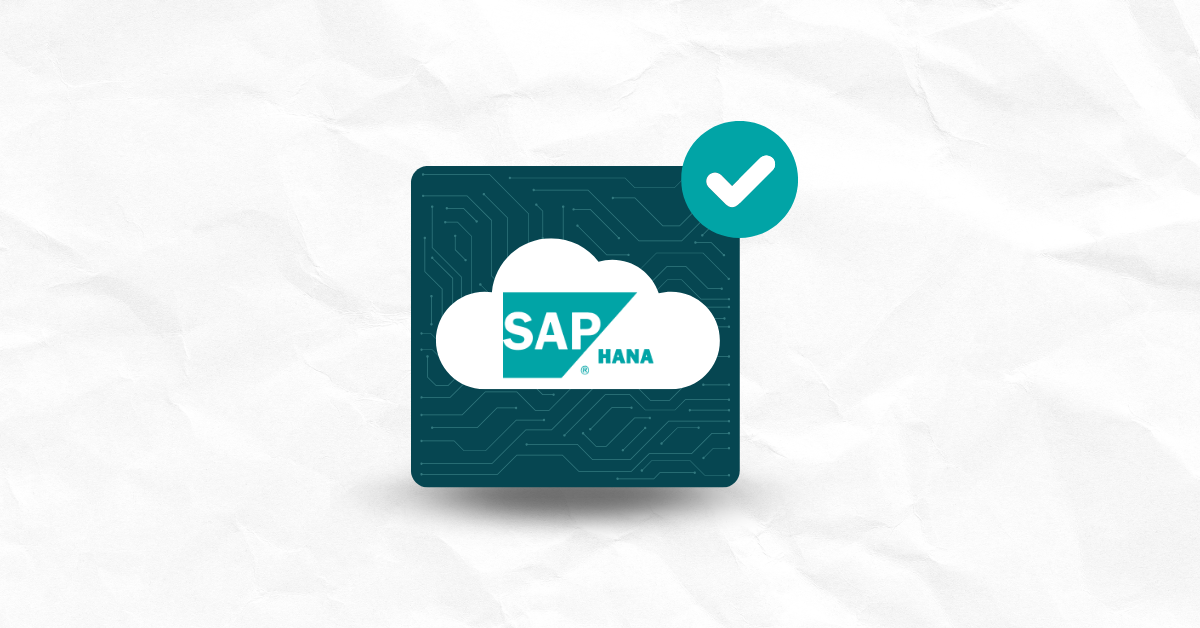

The past decade has brought major advancements in software development, and open source code has been an important asset to the developers across the globe who are driving this progress. All major innovations in recent years, including cloud computing, big data, and artificial intelligence, have been built in open source ecosystems. According to research by Gartner, most organizations use some form of open-source assets within their critical applications.
For businesses that want to work within an agile framework, reinventing solutions that are readily available in the form of open-source components is a waste of time and resources. Ultimately, what matters is solving problems, and companies are increasingly finding that the fastest, most efficient way to do that is by leveraging open source code, software, or programming languages in their applications. Some of the most significant benefits of using open source code and applications include:
Writing code for software functionality from scratch or producing entirely proprietary software is expensive and time-consuming. Open source software has no licensing fees and is readily available. Using open source applications can significantly reduce the cost of deploying a solution.
Because open source code is openly available and free to use, businesses can explore options and iterate at a much faster rate.
There are no black boxes in open source applications. Developers have complete access to the code base. All popular programming languages and open source softwares also tend to have community forums which contain discussions about features, security issues, and bugs.
The combined talent of many people working on open source projects can deliver powerful results. More developers lead to more ideas, quicker development, and faster troubleshooting.
As open source adoption continues to climb, organizations are using open source software assets for ever more diverse purposes. Many uses of open source are commonplace, while some are emerging.
Many uses of open source code are widely used by many major companies. Developers who want to implement these solutions can find a plethora of options and resources. Some of the more common open source applications include:
Serverless infrastructure. Serverless computing represents a shift in how software systems are built and developed. Serverless platforms are not technically serverless, but simplify the development process by allowing developers to scale up server space and bandwidth on an as-needed basis. This means developers don’t need to worry about reserving a fixed amount of server space in advance or paying for more bandwidth than they need, making this a more efficient and cost-effective way of computing. Some open source serverless infrastructure platforms include:
API management. API stands for Application Programming Interface. APIs facilitate the communication between different computers or applications, and they have become integral to digital transformation strategies for many businesses. Because of this, API management solutions have become a necessary part of IT infrastructure. Some of the top API management open source tools are:
Container management. Containerization is a software development approach that isolates processes that share an OS kernel. The containers are lightweight to run since they only need application configuration information and the code from the OS. Containerization has been widely adopted because it allows for rapid development, efficient deployment, and the ability to scale with demand. Container management tools handle the creation, deployment, and scaling of system containers. A few of the most popular container management open source solutions are:
Machine learning. Almost every industry relies on data-based decisions to drive strategies in market research, product development, customer service, and more. Data analysis is now a core business function for almost every company. A treasure trove of insights can be found in the ever-growing data that all companies accumulate, but much of it is unstructured, necessitating the use of machine learning tools to interpret it. Some of the most useful open source libraries and frameworks for machine learning include:
DevOps Toolchain. The heart of DevOps is an organization-wide culture shift that increases collaboration between teams with the goal of speeding up the development of services and applications. In order to implement DevOps, businesses require a range of tools. Teams implementing a DevOps approach can use some of the following open source tools:
As open source code and applications continue to evolve, they’re being used as the foundations for technologies that build on existing solutions. As these technologies are newer, there may not be as many resources to support these uses of open source components, but the field will continue to grow and evolve. The following are some prominent examples of open source components being used to further existing solutions:
Swarming robotics. Swarm robotics is a system that coordinates multiple simple physical robots to develop collective behavior from the interactions between the robots and the environment. Swarm robotic platforms aim to take control of these robots to solve a problem or accomplish a task. Some open source swarm robotic platforms include:
Open source base station. Enterprises that want to connect all of their data and voice communication via a private mobile network are turning to open source base station solutions. Multiple devices can be configured to allow companies to track production lines and optimize operations with the security and performance of the latest mobile technology. Some open source platforms that fill this need are:
Although there are numerous advantages to open source code, there are some risks that users should be aware of as well. These risks usually arise as a consequence of the nature of open source code. The same characteristics that make open source code so valuable also cause some vulnerabilities.
Because open source code is publicly available, its security vulnerabilities are public as well. Although the open source community flags these flaws and tries to give developers time to fix them, all vulnerabilities are eventually published in the National Vulnerability Database (NVD) for anyone to see and try to exploit. Hackers can take advantage of this by targeting companies that haven’t patched applications built on open source projects with vulnerabilities.
The Equifax breach that occurred in 2017 is one high-profile example of this risk being realized. Equifax was using a version of the open source Apache Struts framework that had a high-risk vulnerability. Equifax failed to install a patch to fix this vulnerability, so hackers were able to exploit this and expose the data of 143 million people.
It’s vital that businesses that use third-party code make themselves aware of any vulnerabilities and update versions or install patches immediately.
Open source components may have different or even conflicting licenses. Businesses that build an application with several different open source components may need to comply with multiple license agreements. There are over 200 types of open source licenses, so complications can arise quickly. Tracking licenses is a necessary but difficult part of working with open source code.
Noncompliance with software licenses can put an organization at risk for legal action and harm to their reputation. It can also put an organization’s intellectual property rights at risk. Some open source software license agreements may require the distribution of proprietary code. It’s important to understand the full terms and conditions of all licenses. An automated tracking solution can help mitigate risks associated with licensing agreements.
Open source code is crowd-sourced. Involvement is voluntary and unregulated. Developers of all talent and skill levels can contribute, and there are no agreed-upon standards for evaluating quality. This is usually more of an issue with smaller projects that may not be well maintained or updated, but the quality of all open source code should be carefully analyzed before use.
If open source code use isn’t logged across development teams, different teams may be using different versions of components. This can lead to performance issues as well as security risks. Organizations should keep an inventory of all open source usage across development teams to ensure transparency and visibility. All teams should coordinate updates and tracking.
The vast majority of the time, using open source code is vital for a company to remain agile in their development of applications. The present and future of innovation rest on open source projects. Smart companies focus on managing code security so they can leverage open source code without the risks. Best practices for implementing DevSecOps include intentional management of open source code.
Kiuwan is a global organization that provides an end-to-end application security platform designed to help organizations identify vulnerabilities in application code security. Kiuwan solutions detect security vulnerabilities, reduce the number of bugs in code, and manage costs associated with development.
Code Security (SAST), one of Kiuwan’s solutions, automatically scans code to identify and remediate vulnerabilities. It covers over 30 programming languages and integrates directly with leading DevOps tools across the software development lifecycle. Code Security (SAST) is compliant with the most stringent security standards including Open Web Application Security Project (OWASP) and Common Weakness Enumeration (CWE).
Insights Open Source (SCA) is an automated solution provided by Kiuwan that helps reduce risk from third-party components, remediate vulnerabilities, and ensure license compliance. Kiuwan Insights works with your current software development process to support the continuity and integrity of managing open source components.
With Kiuwan’s solutions, businesses can integrate open source code while maintaining the strictest security standards and protecting their reputation and intellectual property. Reach out today to learn more about how Kiuwan’s solutions can help your company reduce security risks and speed up your development pipeline.


